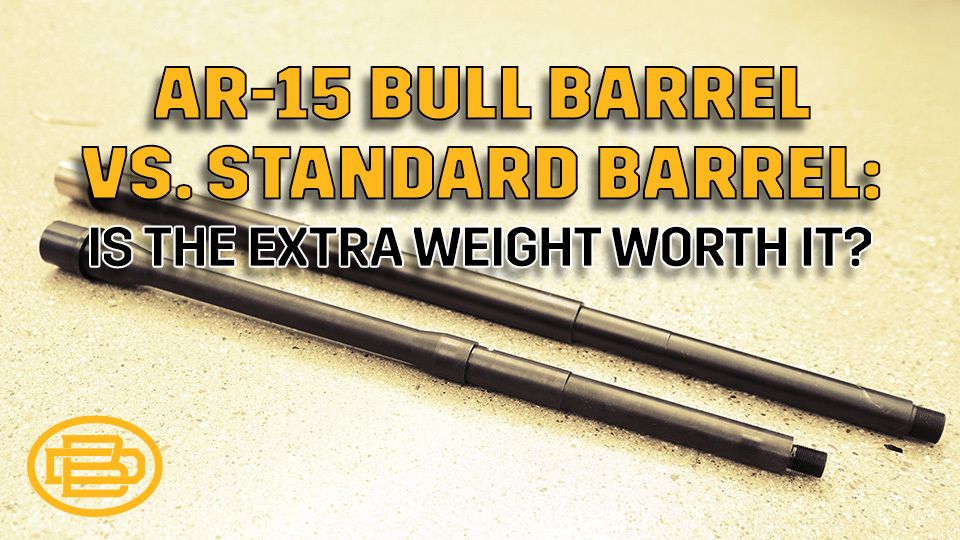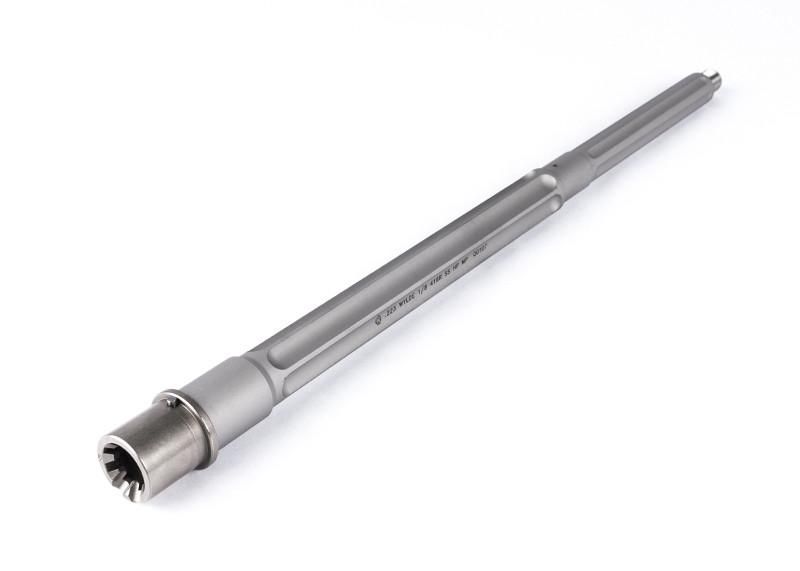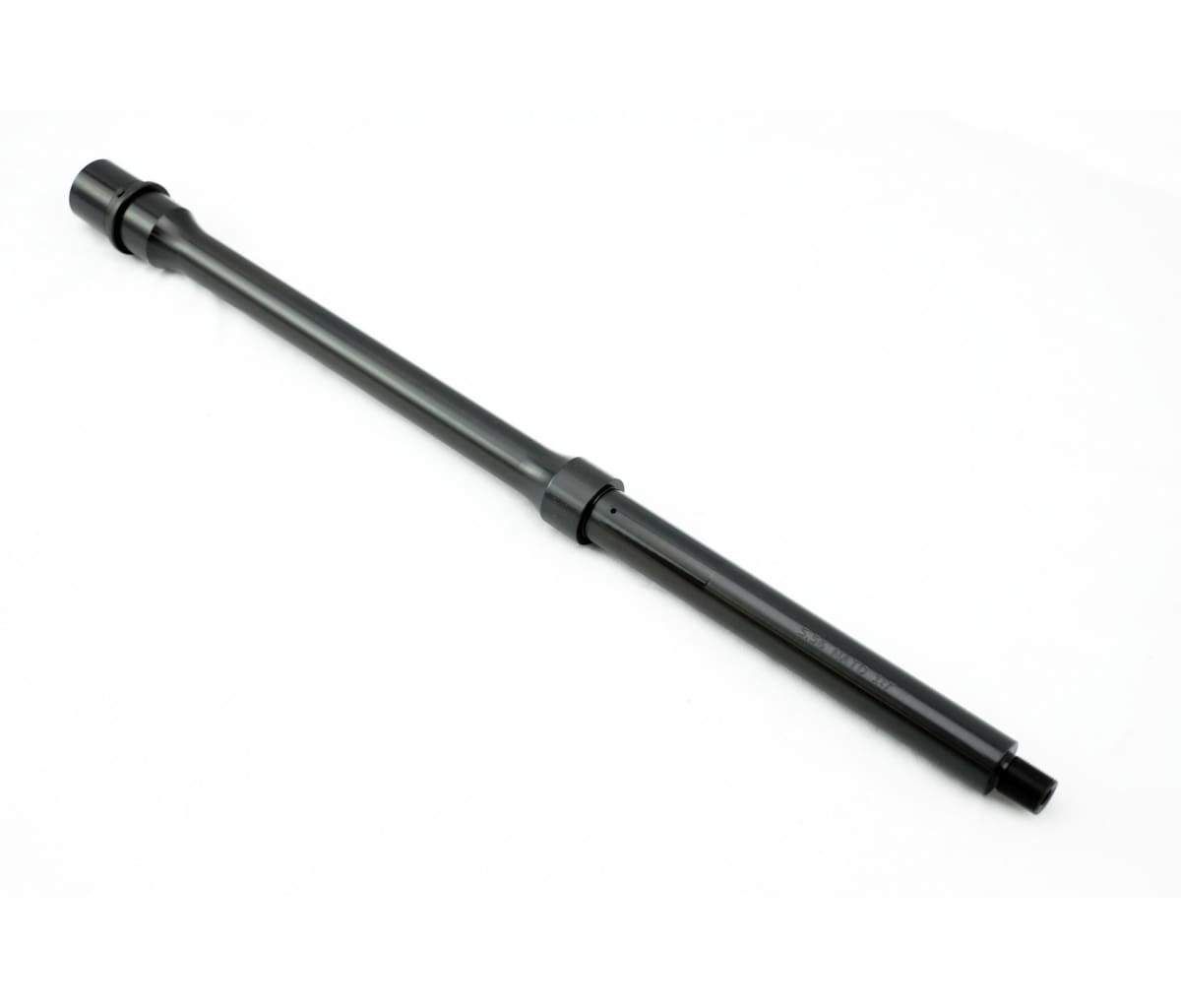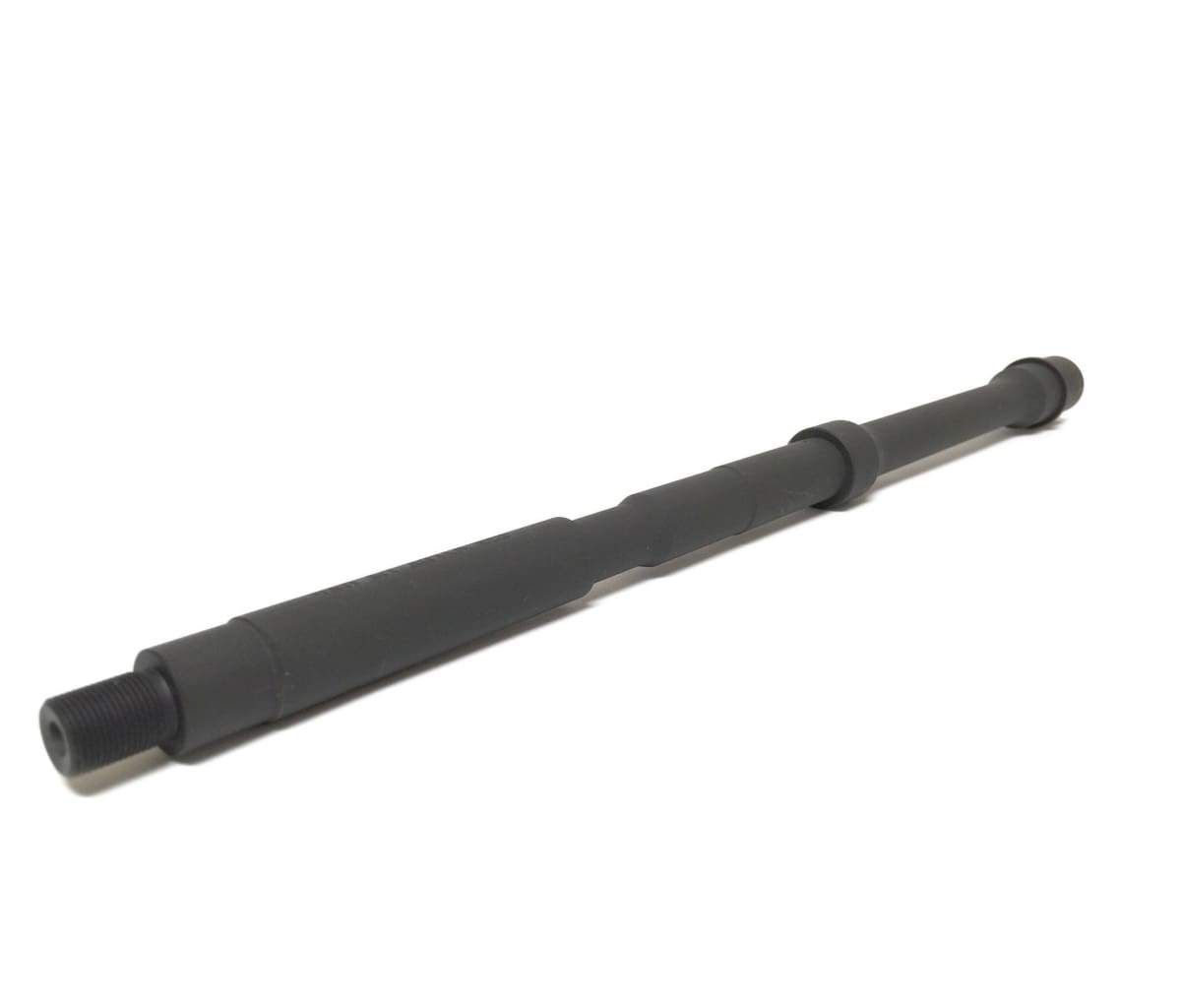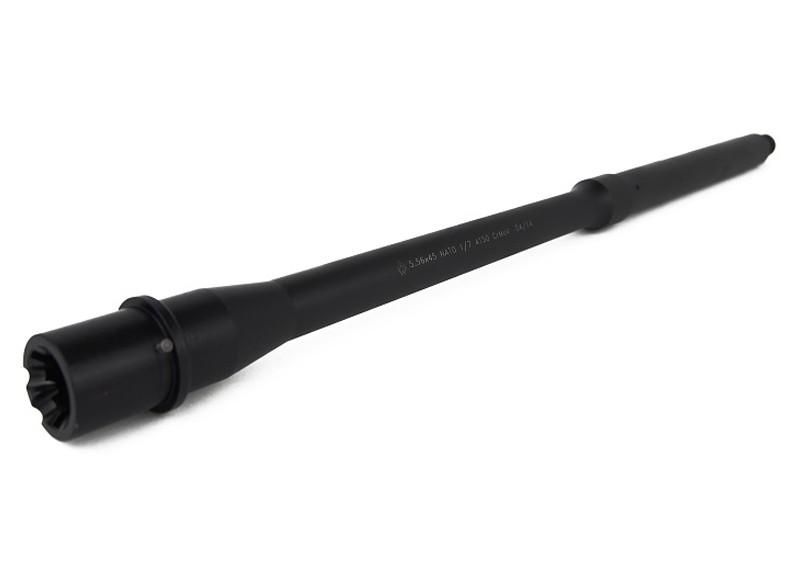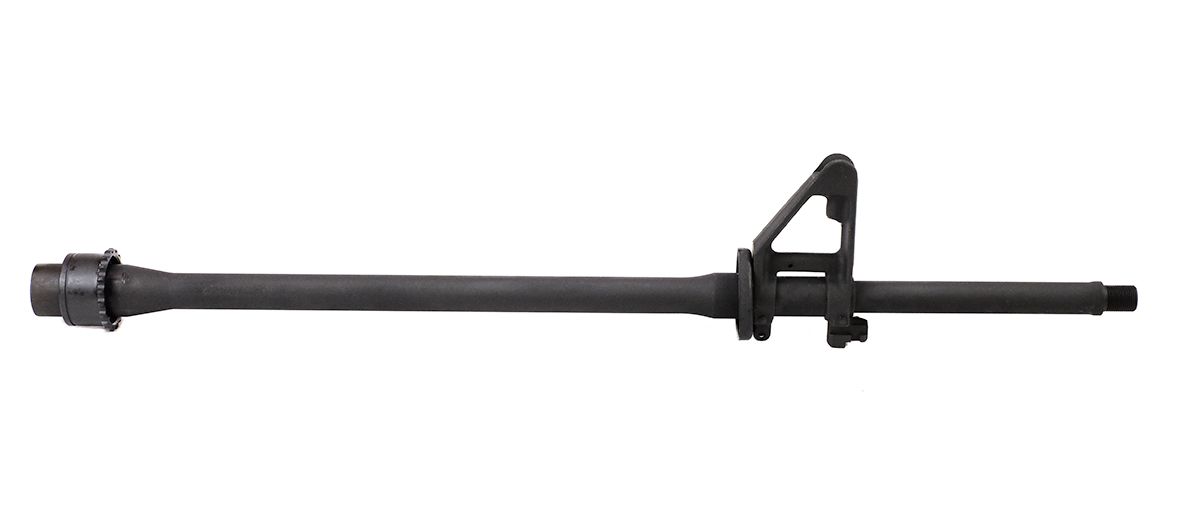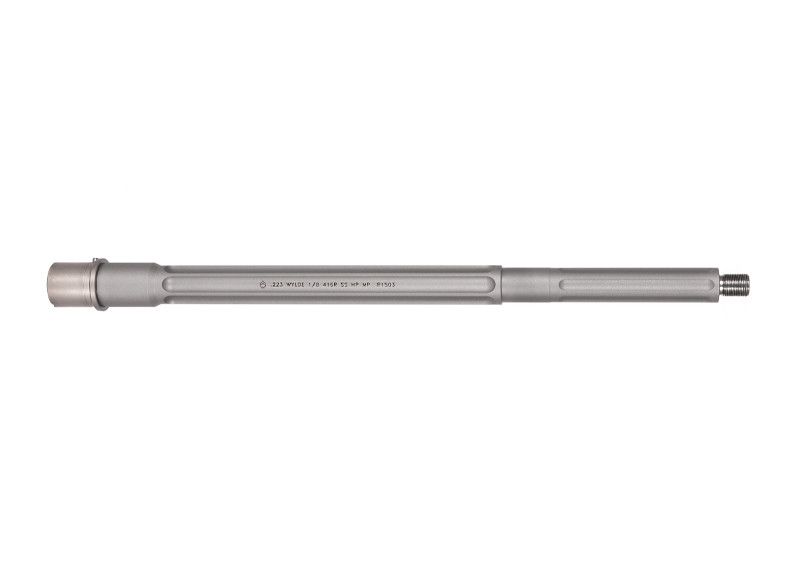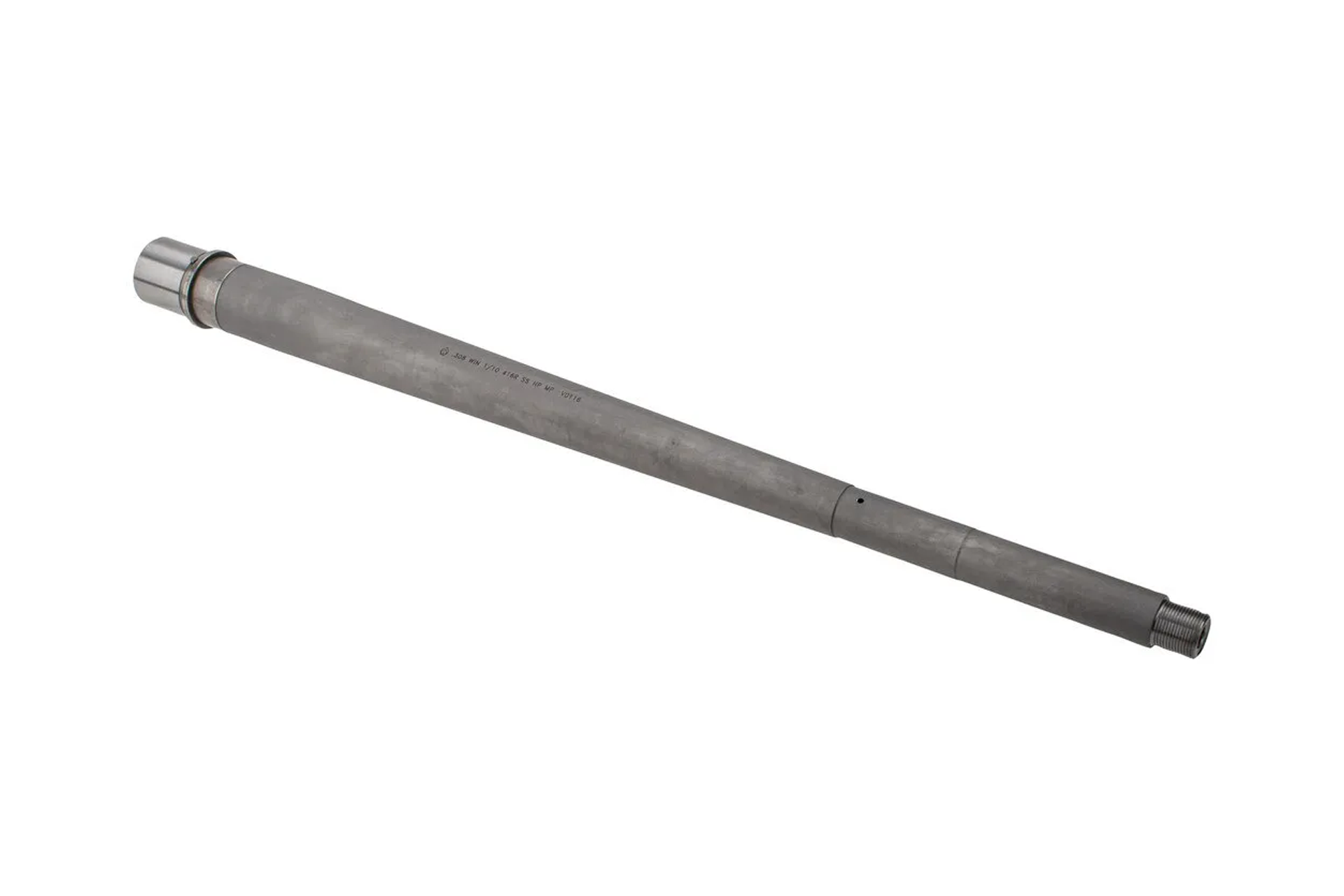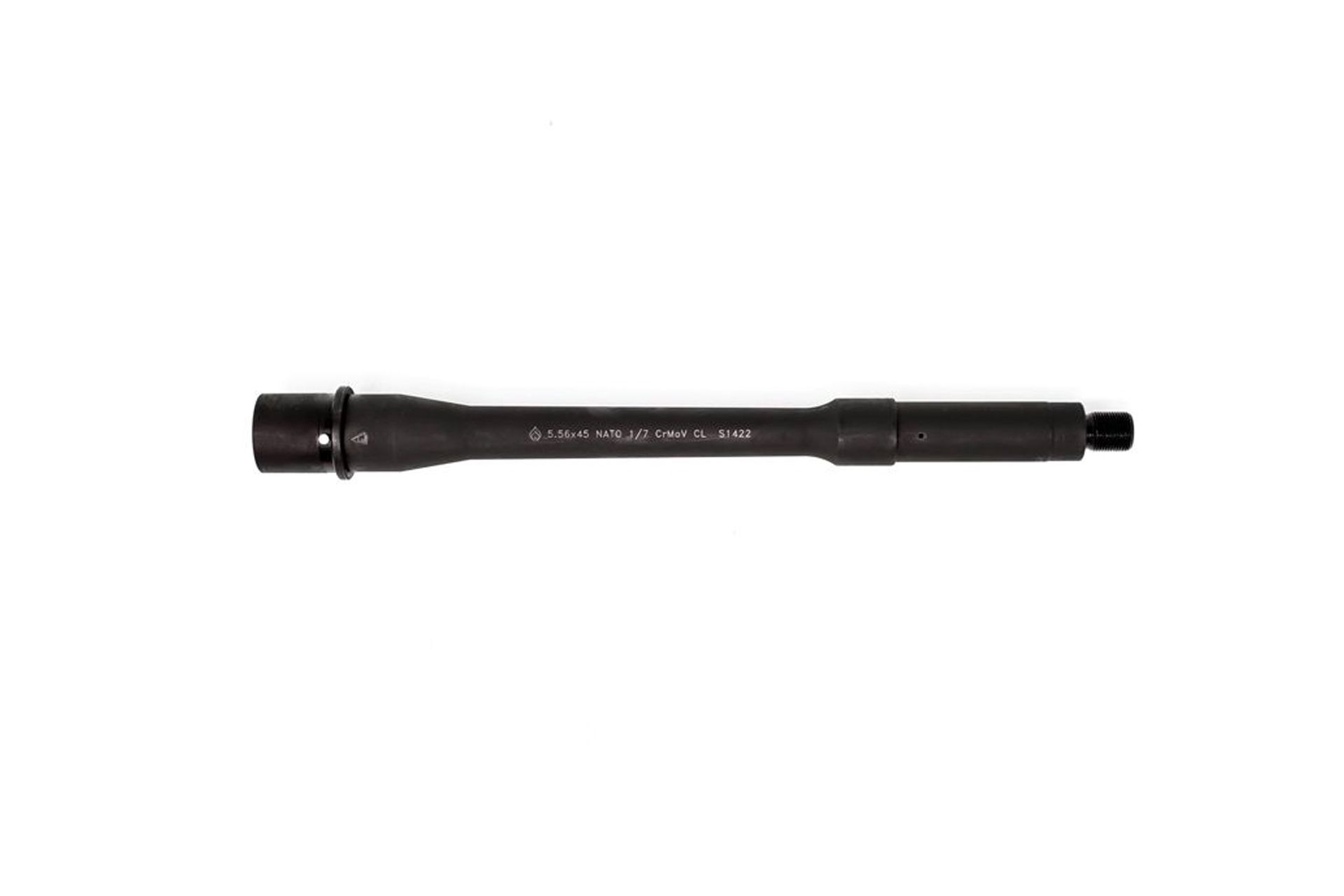AR-15 Barrels, AR-15 Barrels
AR-15 Bull Barrel vs. Standard Barrel: Is the Extra Weight Worth It?
Table of Contents
Selecting the right barrel for your AR-15 is essential to optimizing AR-15 accuracy, handling, and overall performance. Among AR-15 enthusiasts, the debate often revolves around two popular options: the AR-15 bull barrel and the standard AR-15 barrel. Each offers unique characteristics suited to different shooting styles. The AR-15 bull barrel is known for its thicker, heavier profile, enhancing stability and heat dissipation, while the standard AR-15 barrel provides a lighter, more maneuverable build ideal for versatile use. But is a bull barrel worth the extra weight on an AR-15 for the average shooter?
In this guide, we’ll compare the bull barrel vs. standard barrel, exploring the bull barrel pros and cons and highlighting which option best suits specific shooting needs. Whether you’re interested in pinpoint accuracy for long-range shooting or want a reliable, agile setup for general use, understanding the differences in AR-15 barrel weight and performance will help you choose the best AR-15 barrel for target shooting or other applications. By the end, you’ll be equipped to select the barrel that aligns with your preferences and enhances your AR-15’s capabilities.
Overview of AR-15 Barrels
The barrel is a crucial component in any AR-15 build, playing a significant role in accuracy, weight, and heat management. A well-chosen AR-15 barrel can enhance precision, reduce strain on the shooter, and ensure efficient heat dissipation during prolonged use. Each barrel type—standard and bull—offers unique attributes that cater to different shooting applications.
A standard AR-15 barrel is designed with a slimmer profile, making it lighter and more maneuverable. This makes it a popular choice for general-purpose and tactical shooting where ease of handling and quick target acquisition are prioritized. While it does not absorb as much heat as a bull barrel, the standard barrel is efficient for moderate shooting sessions and keeps the firearm light for extended use.
In contrast, a bull barrel features a heavier, thicker profile, often called a “heavy barrel.” This extra mass allows it to absorb and dissipate heat more effectively, which is beneficial during rapid-fire or long-range shooting. The increased rigidity of a bull barrel also reduces barrel whip, enhancing accuracy for precision shooters. However, its added weight can impact overall maneuverability, making it less ideal for shooters who prioritize mobility. Understanding these barrel differences is critical to optimizing your AR-15 for specific shooting needs.
What is a Bull Barrel?
A bull barrel, often referred to as a “heavy barrel,” is easily identified by its thicker profile, designed to enhance both performance and durability. Unlike standard AR-15 barrels, the bull barrel’s extra weight and thickness add rigidity, which helps minimize barrel whip—a factor that can impact accuracy, especially during rapid or long-range shooting. The AR-15 bull barrel design is highly favored by precision shooters who require consistent accuracy and reliability over extended sessions.
Advantages of a Bull Barrel
One of the primary advantages of a bull barrel is its contribution to accuracy. The added mass and rigidity reduce vibrations during firing, improving precision and helping maintain a steady aim. Additionally, bull barrels are excellent at absorbing and dissipating heat, which is crucial for shooters who engage in sustained or rapid firing. The thick profile helps prevent overheating, maintaining accuracy and performance over longer sessions. This makes the heavy barrel a preferred choice for long-range shooting, where consistent accuracy is essential.
Disadvantages of a Bull Barrel
However, the added weight of a bull barrel can be a drawback for some shooters. The increased heft can reduce maneuverability, making it less ideal for situations that demand quick, agile movements. Bull barrels are generally more expensive than standard barrels due to their specialized design and material requirements. A standard barrel might be more practical for shooters seeking a lightweight, versatile option.
What is a Standard AR-15 Barrel?
A standard AR-15 barrel is defined by its slimmer, more lightweight profile, making it a popular choice for shooters who prioritize ease of handling and portability. The AR-15 standard barrel profile is typically tapered, designed to maintain enough strength while minimizing unnecessary weight. This lightweight AR-15 barrel structure offers a balanced option for versatile use, especially in tactical or home-defense settings where maneuverability is critical.
Advantages of a Standard Barrel
The main advantage of a standard barrel is its enhanced maneuverability. The reduced weight allows for quicker target acquisition and more agile movement, which can be essential in close-quarter situations or dynamic shooting scenarios. Additionally, standard barrels are generally more affordable than bull barrels, making them an attractive choice for budget-conscious shooters or those building a general-purpose AR-15.
Disadvantages of a Standard Barrel
However, a standard barrel does come with some trade-offs. Due to its lighter profile, it lacks the rigidity in bull barrels, making it more susceptible to barrel whip during rapid fire. This can result in a slight decrease in accuracy, particularly in long-range shooting. Furthermore, the thinner profile doesn’t dissipate heat as effectively, which can lead to quicker heating during extended shooting sessions. For precision-focused or high-volume shooters, these limitations may impact performance compared to a heavier, more robust barrel option.
Head-to-Head Comparison: Bull Barrel vs. Standard Barrel
When comparing bull barrels and standard barrels for an AR-15, key differences in weight, accuracy, durability, and cost emerge, each affecting performance and suitability for various shooting applications.
Weight and Maneuverability
Bull barrels, with their thicker, heavier profiles, add significant weight to the AR-15 compared to standard barrels. While this heft stabilizes the firearm, it can reduce maneuverability, making quick movements or rapid target transitions more challenging. In contrast, the lighter weight of standard barrels enhances handling and mobility, a benefit in close-quarters or tactical scenarios.
Accuracy and Heat Dissipation
Bull barrels excel in accuracy and heat dissipation, particularly under sustained firing. Their increased rigidity reduces barrel whip, ensuring stable, precise shots, especially in long-range settings. Additionally, the thicker material absorbs more heat, maintaining accuracy over extended firing sessions. Standard barrels, while capable of accuracy in shorter bursts, can experience more whip and faster heating, which may affect performance during rapid or extended fire.
Durability and Long-Term Use
In terms of durability, bull barrels generally outlast standard barrels under heavy use due to their robust construction. The added thickness provides better resistance to wear and tear, making them ideal for high-volume shooters.
Cost
Bull barrels are typically more expensive than standard barrels, reflecting their specialized construction. For accuracy-focused shooters, this investment may be justifiable, while general users might find a standard barrel to be more budget-friendly and sufficient for regular use.
Which Barrel is Best for You?
Selecting between an AR-15 bull barrel and a standard AR-15 barrel depends heavily on your shooting purpose. If you’re a target shooter or a long-range enthusiast, the bull barrel may be worth considering for its enhanced accuracy and heat management. The AR-15 heavy barrel design significantly reduces barrel whip, offering stable, precise shots over extended sessions. The bull barrel’s pros and cons weigh differently depending on your needs, but for AR-15 accuracy at long distances, the extra weight can be a worthwhile investment.
For those focused on versatility and maneuverability, such as hunters or tactical users, a standard AR-15 barrel is a practical choice. Its lightweight build enhances handling, making moving and shooting quickly easier. The AR-15 standard barrel performance remains reliable for typical shooting conditions, offering a balance between mobility and accuracy that suits general users. If you’re wondering, “Is a bull barrel worth the extra weight on an AR-15?” consider whether your focus is on long-range stability or agility.
Check out our range of AR-15 barrels to find the best AR-15 barrel for target shooting or tactical use and optimize your build for performance.
Conclusion
In conclusion, choosing between these two barrels comes down to understanding your shooting style and priorities. The AR-15 bull barrel excels in stability, accuracy, and heat dissipation, making it a strong choice for long-range and precision shooters who can manage the added AR-15 barrel weight. While the extra heft may not suit every shooter, its benefits shine for those prioritizing consistency over extended sessions.
On the other hand, the standard AR-15 barrel is ideal for general use, offering lightweight maneuverability and cost-effectiveness. Its performance holds up well for tactical or hunting applications, where ease of handling is key, but may be limited for shooters seeking maximum accuracy under rapid fire.
So, is the extra weight of a bull barrel worth it? For accuracy-focused, long-range enthusiasts, absolutely. For more versatile needs, a standard barrel strikes the right balance.
Ready to upgrade? Check out our AR-15 barrels collection at Dirty Bird USA to find the perfect fit for your build, whether you’re seeking precision or portability.
Addition refferences: AR Platform
